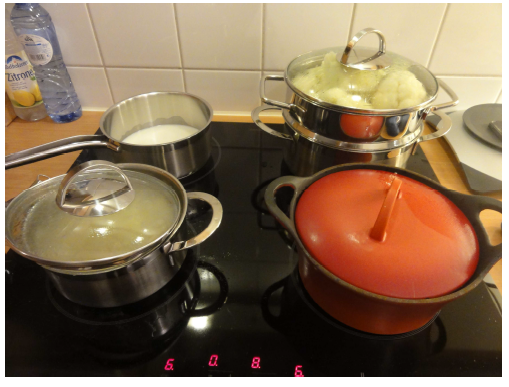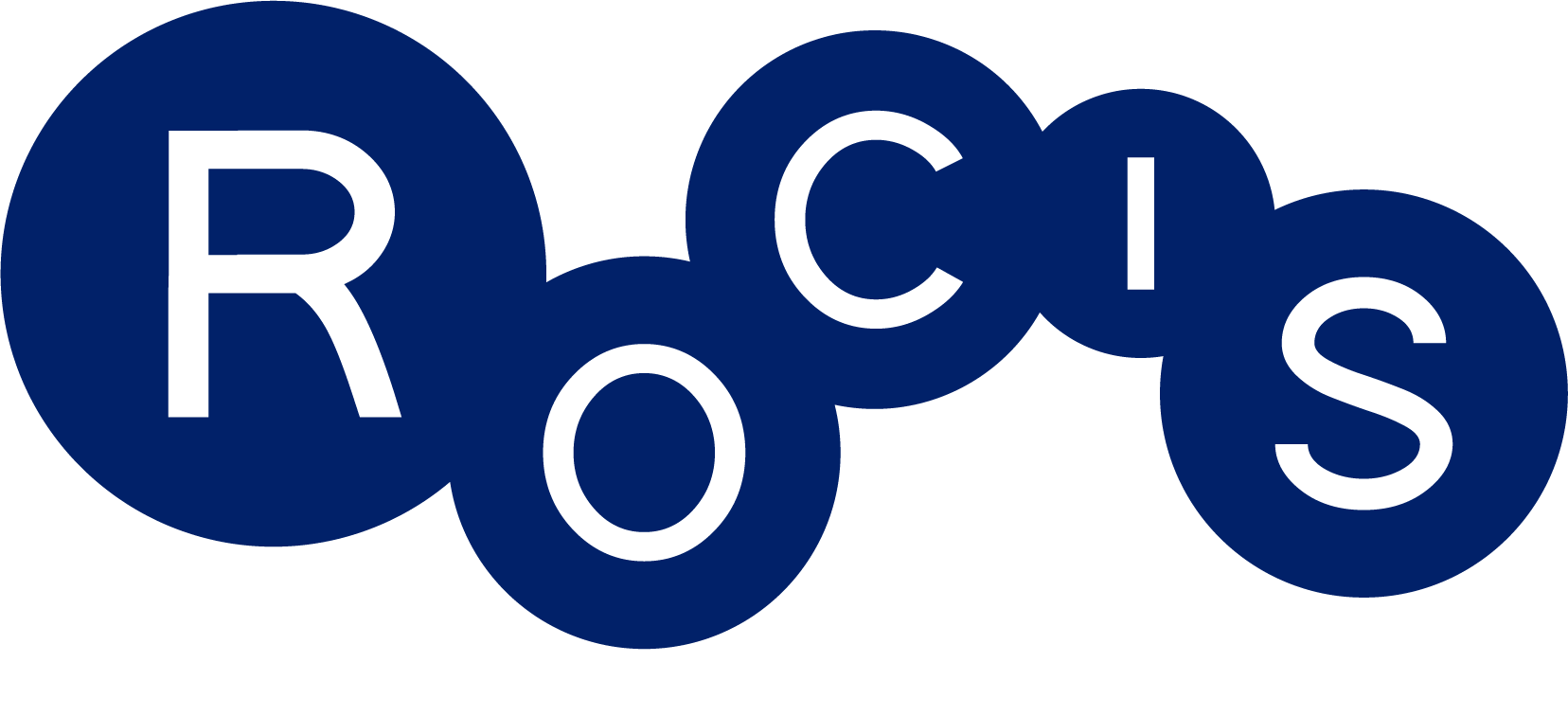SUPPLEMENT 1: Easy Ways to Reduce Exposures to Cooking Pollutants
December 2019
In addition to operating a ducted range hood, using a kitchen exhaust fan, removing children and sensitive persons from the kitchen and adjoining areas, or opening windows, you can take some simple actions to further reduce exposure to indoor pollution from cooking. These steps are relatively easy and are summarized below.
REDUCE COOKING EMISSIONS
Remove the indoor emission source: Consider moving cooking activities that produce a lot of smoke or odors outdoors if you have an outdoor grill or a solar cooker.(1)
Trap the emission source: Whenever possible, cover pots and pans with a lid, or partially cover if necessary, to help trap much of the moisture and fumes from cooking. This will also enable you to turn down the heat (and save energy) and perhaps direct cooking fumes towards the back of the range hood.
Reduce the cooking temperature and burning: Avoid grilling, charring, burning, and frying at high temperatures and over prolonged periods, especially when cooking meat. Using lower cooking temperatures and marinating meat reduces the formation of potent carcinogens (heterocyclic amines) in the fumes and the food.(2) An induction stove is another option for reducing burner temperatures and particle emissions (it also reduces energy use and greenhouse gas emissions). Also consider using a microwave oven for cooking and pre-cooking food.
Keep it clean: Clean stovetop burners and oven interiors periodically, especially after major spills. Dirty burners and ovens tend to emit more pollutants.
Contain the emissions: Temporarily close doors to living areas and open windows in those areas to assist with keeping the emissions contained in the kitchen.(3)
Stay safe: When using the oven cleaning cycle, ALWAYS evacuate the house and run the range hood at its maximum speed. To reduce fume buildup indoors, clean the grease filters first, ventilate the house with outdoor air thoroughly before re-entering, and clean the grease filters again if they look dirty.

Using induction electric stoves and covering pots and pans can help reduce cooking emissions.
Image: Jacobs et al., AIVC 2016.
FUNNEL THE PLUME TO THE HOOD: IMPROVE POLLUTANT CAPTURE EFFICIENCY
Use the back burner: This helps keep pollutants from escaping the hood and is very important for cooking activities that produce a lot of emissions, or that are operating for long periods.(4)
Clean the hood’s grease mesh filters: To prevent cooking fumes from backing up and spilling outside the hood, clean the grease filters about four times a year to maximize airflow through the ducting. These metal mesh filters are usually dishwasher safe.
Reduce crosscurrents and fume drift: Do not open nearby windows if it is windy, and do not operate a ceiling fan in the same room if cooking is producing a lot of smoke or odors. Minimize cook movements near the stove.
Use fireproof side shields (vertical extensions): Make side shields yourself from lightweight metal panels, cookie sheets, or acrylic plastic. Side shields help contain the fume spillover from the hood cavity, especially for high emission activities.(5) They also help improve pollutant removal for hoods installed on islands or peninsulas, where rear shields help funnel the cooking plume. The shields can be hung on magnetic hooks on the overhead cabinets next to the hood and stored on the side of a refrigerator, in cabinets, or in other convenient areas. Rectangular shield shapes are preferred, but triangular shapes also help.(6)
